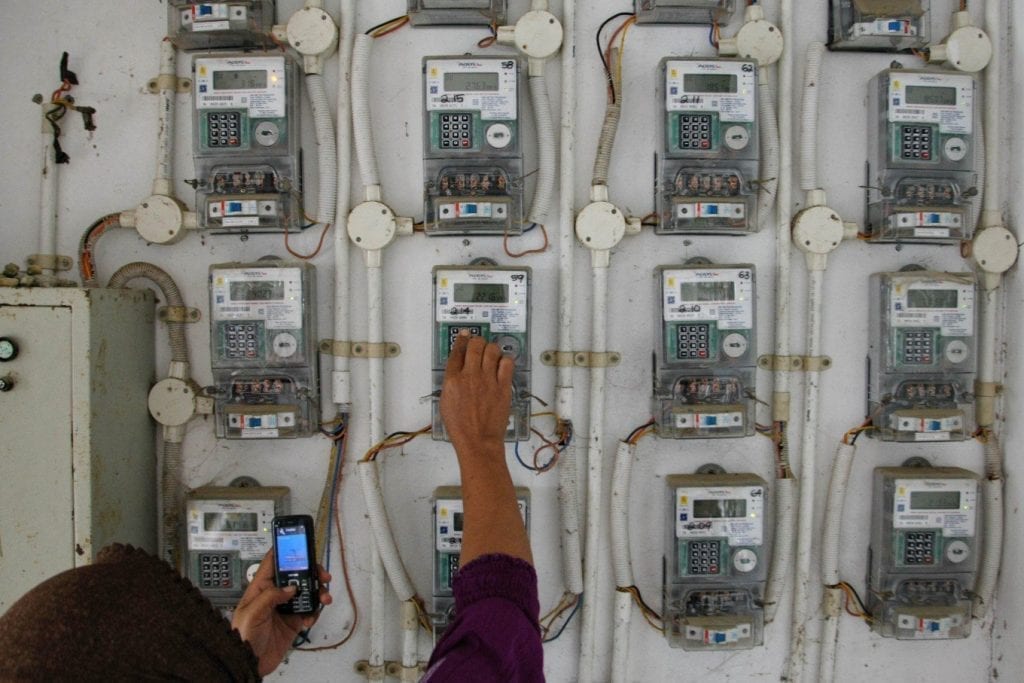
The Asia-Pacific region is expected to be a major player in the global renewable energy market, with estimates projecting that it will account for 40% of the world’s renewable energy investments by 2030.
This is due to several factors, including increasing demand for green energy sources, government initiatives and subsidies, technological advancements, and an increase in awareness about environmental protection.
Let’s learn more about the potential of renewable energy in the Asia-Pacific region and how it can benefit the environment and economy.
Overview of Asia-Pacific’s Renewable Energy Market
Asia-Pacific is currently the largest market for renewable energy investments. It has a total installed capacity of around 1,500 GW and this number is expected to grow in the coming years. China and India are two of the leading countries in terms of investment and capacity.
China accounts for more than half of the total installed capacity in the Asia-Pacific region, while India is the second-largest market for renewable energy investments.
The region also has a significant amount of potential for further development, with an estimated 2,700 GW of technical potential available for solar and wind power alone.
Solar and wind energy in the region is estimated at 5.5 and 2.5 terawatts respectively, which is enough to meet the electricity needs of several countries. Solar energy is also going to be a big part of the Asia-Pacific region’s renewable energy mix.
There is high solar battery demand in the region making it an ideal spot for investors to take advantage of the technology.
In addition, Asia-Pacific is home to some of the world’s largest hydropower projects, including China’s Three Gorges Dam and India’s Tehri Dam.
These projects have been instrumental in providing clean energy to millions of people in these countries.
Opportunities
The Asia-Pacific region has some of the world’s fastest-growing economies. This includes China, India, and Bangladesh. As these economies continue to get bigger, the demand for energy will go up too.
This provides a great opportunity for renewable energy to replace traditional energy sources and make up for the increased demand.
For example, solar battery energy is becoming more popular in many countries in the region as they look to reduce their reliance on fossil fuels. You can store the energy from solar panels in a solar battery and use them as you, please.
In addition, countries in the region are increasingly investing in the research and development of new technologies, such as solar photovoltaics and wind turbines. These advancements can help reduce costs associated with producing renewable energy and make it more affordable.
China produces more solar batteries and wind energy than any other country. It has around 696 gigawatts of renewable energy while India has nearly 118 gigawatts. China also leads the world in most production technologies, such as solar, wind, and hydropower.
India is quickly emerging in the region as a prominent source of renewable energy, thanks to rigorous industrial tariffs and rules along with an abundance of power plants. Solar energy will be the major contributor to India’s renewable energy portfolio, as it grew 50% in 2018 alone.
The future of the Renewable Energy Market in Asia-Pacific
When it comes to the future of the renewable energy market in Asia-Pacific, there are many developments that could potentially drive growth.
The market is expected to see more growth in the next five years (2023- 2028) because people are becoming more aware of environmental issues. The demand is expected to increase, which could drive investment and innovation.
In addition, countries in the region are becoming increasingly committed to renewable energy sources, with some committing to producing 100% of their energy from renewables by 2050.
Finally, technological advancements and cost reductions associated with renewable energy sources will also be a major driver of growth in the coming
The most important development would be the continued adoption of renewable energy sources across the region. Governments in the region have already begun investing heavily in developing their own energy resources and infrastructure to support this transition.
Furthermore, technological advancements are also likely to play a big role in the development of the renewable energy market in Asia-Pacific. Advances in solar, wind, and hydropower technology will continue to make renewable energy more cost-effective and efficient.
Lastly, investments in training and research are also likely to drive the growth of the market. As it stands now, there is a need for trained professionals who can fill positions in the renewable energy industry in Asia-Pacific.
By providing more resources to train and educate these professionals, the region can benefit from a larger pool of qualified workers who can help drive the renewable energy sector.
Conclusion
Overall, the Asia-Pacific renewable energy market is poised for growth in the years to come. With continuing investments in technology and increasing demand for clean energy sources, this market will continue to expand. So the future of the renewable energy market in Asia-Pacific looks bright.

